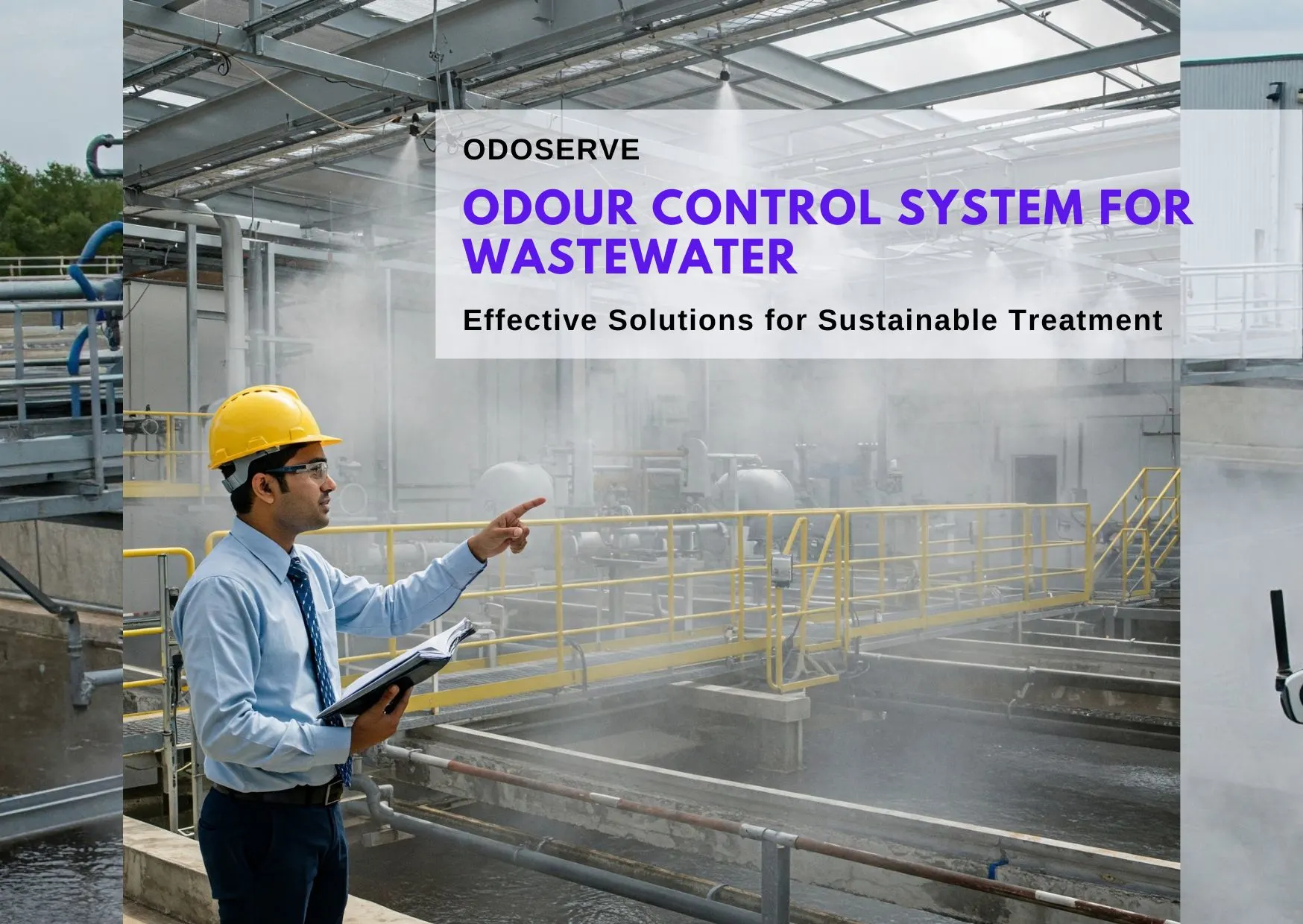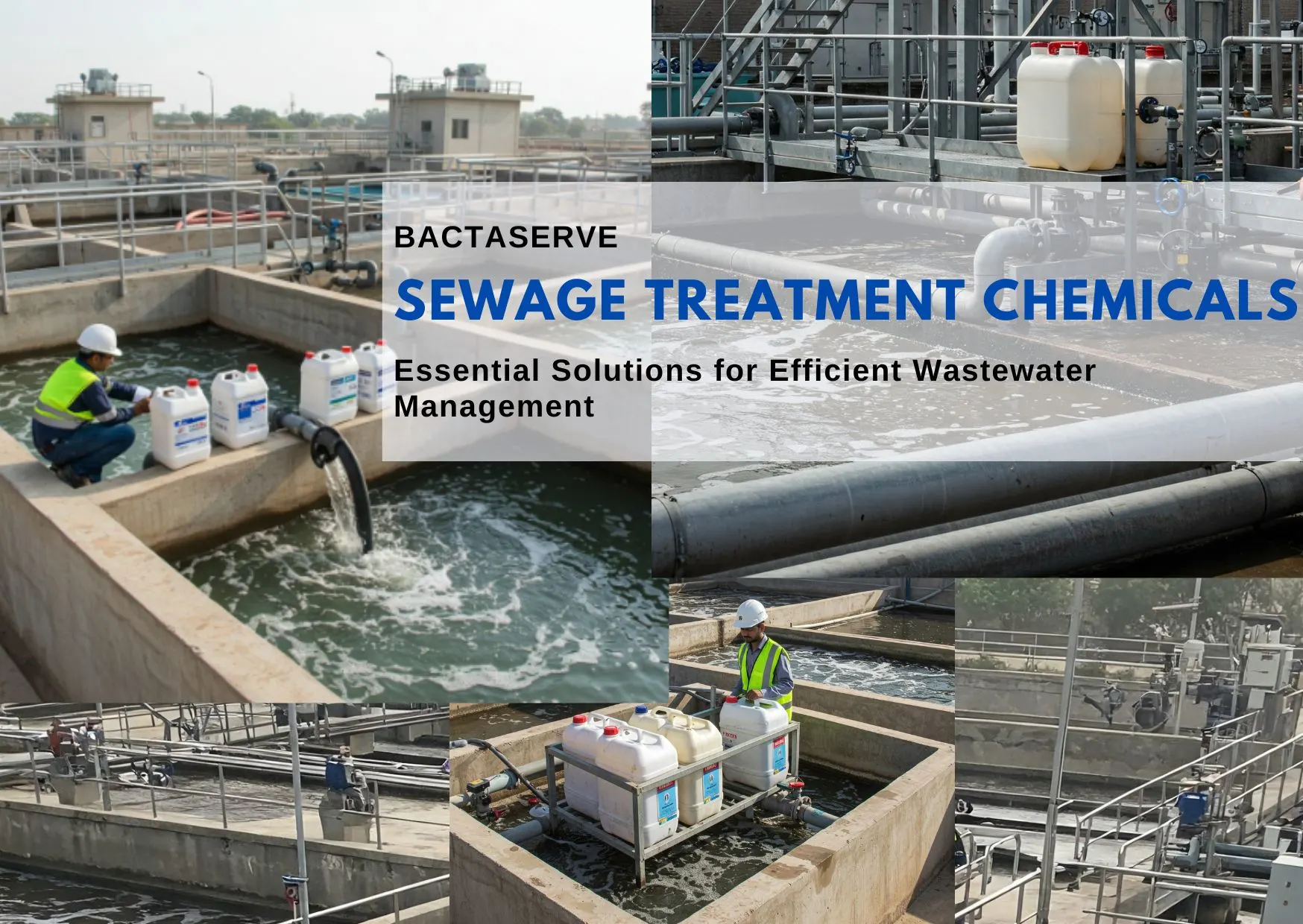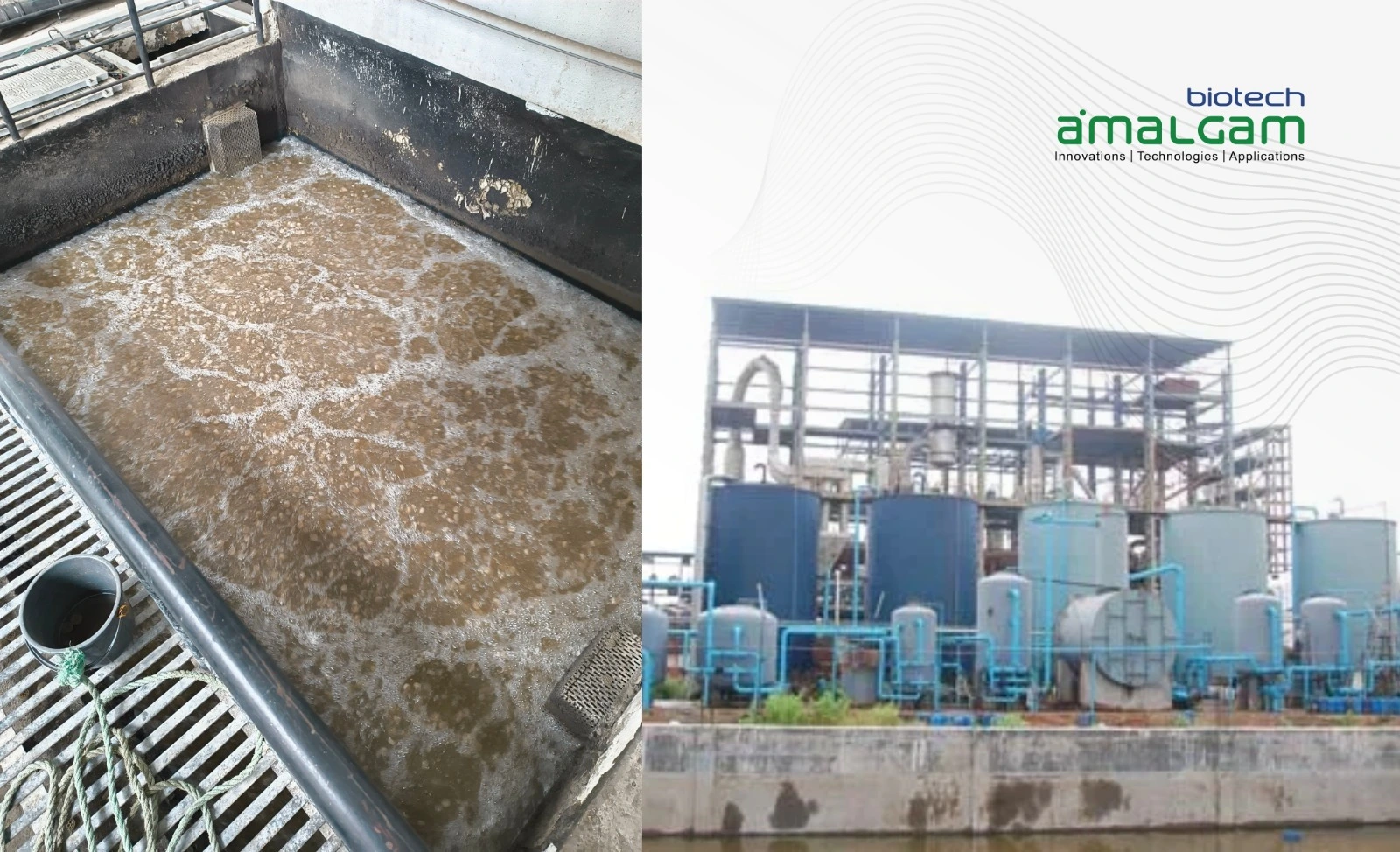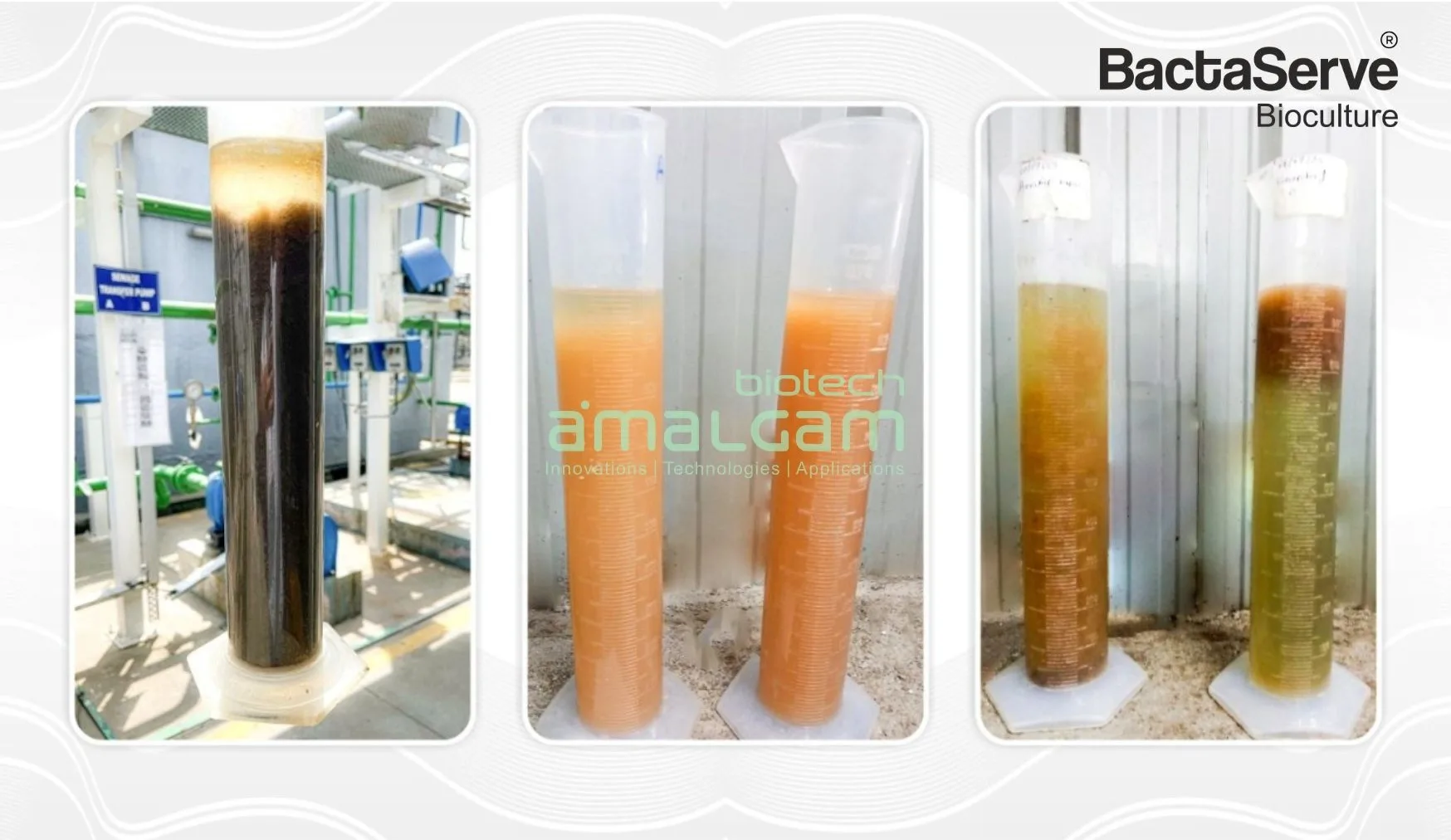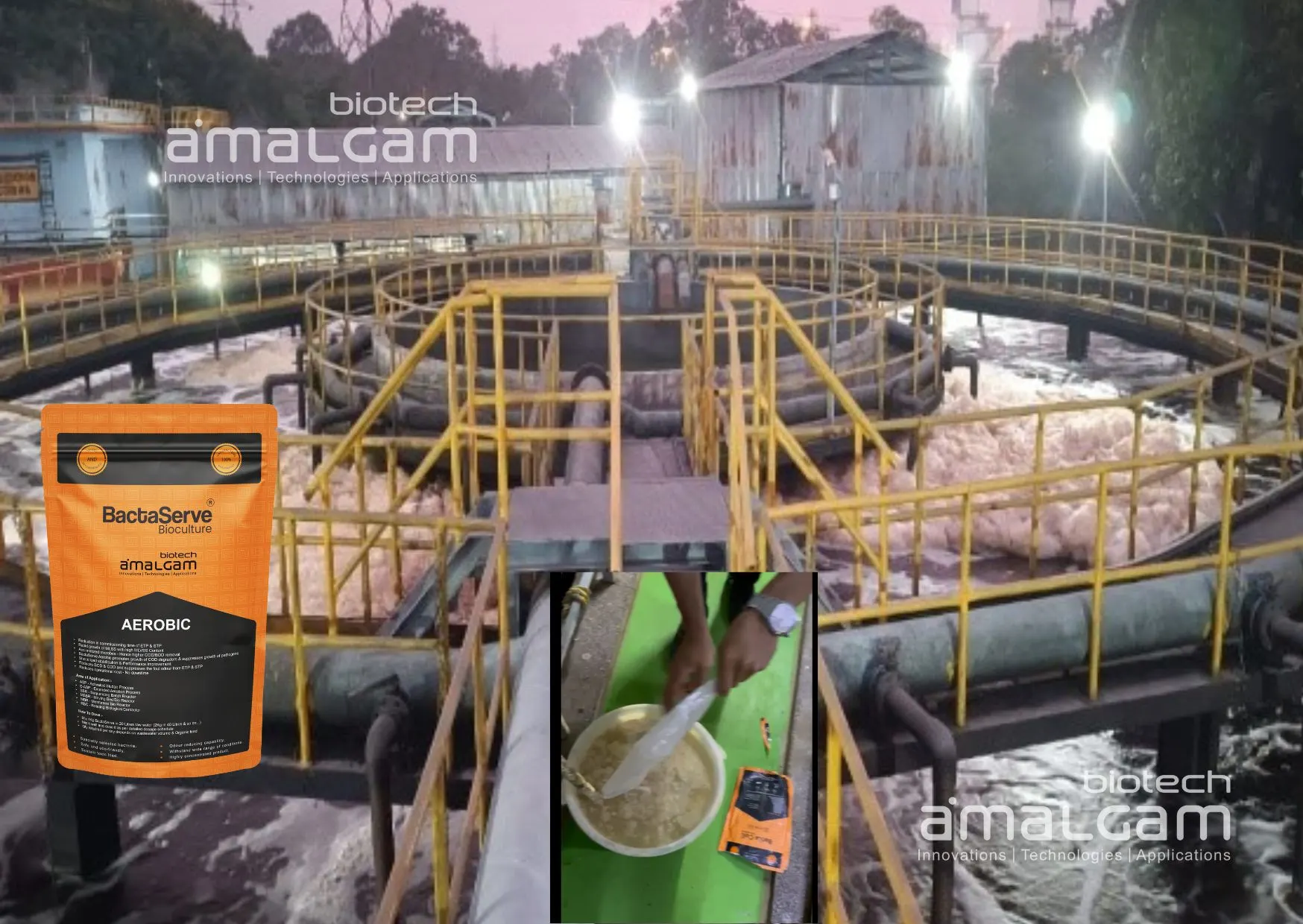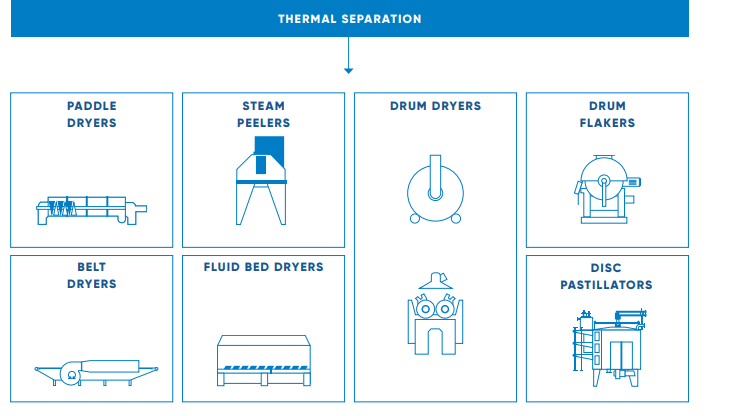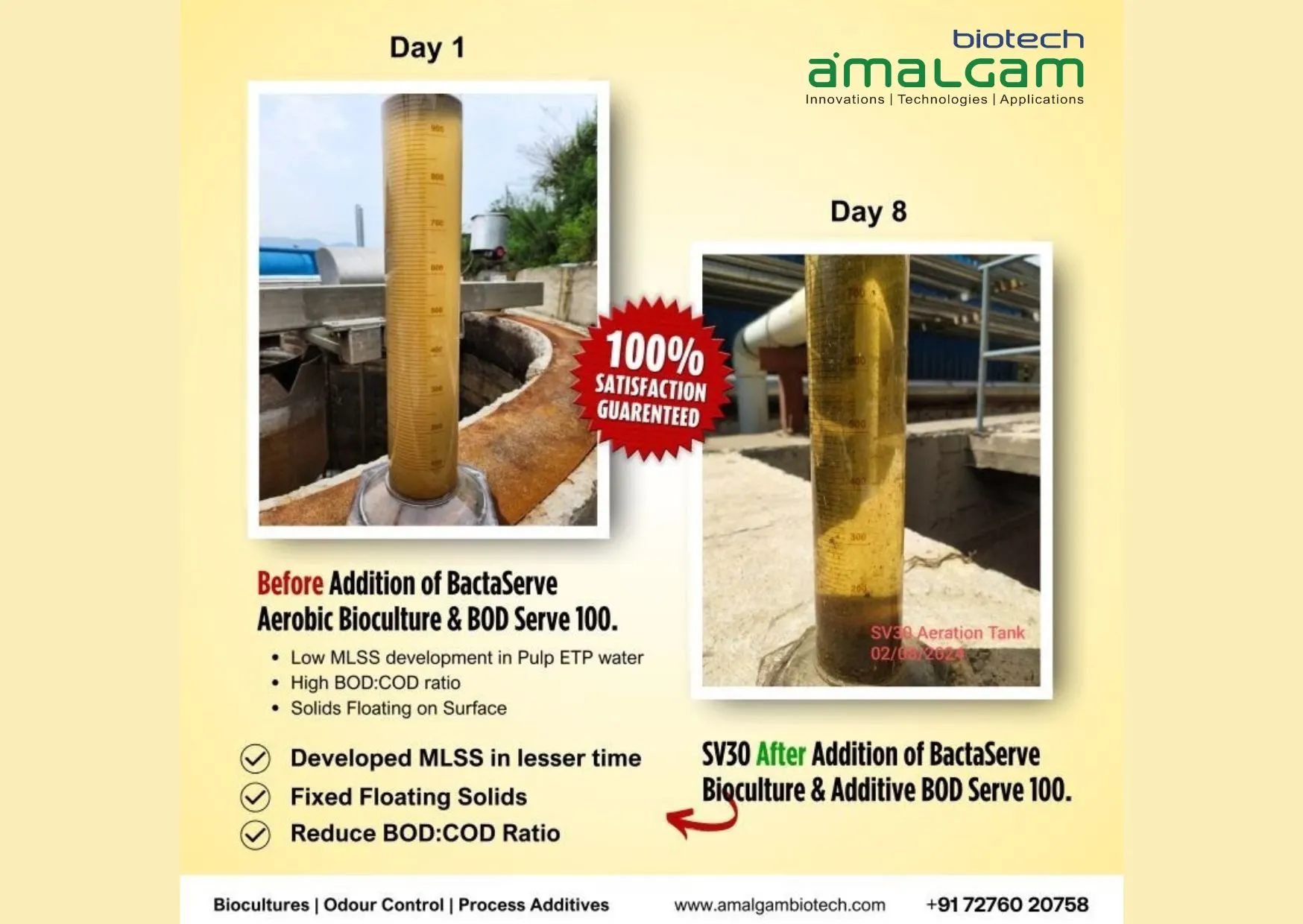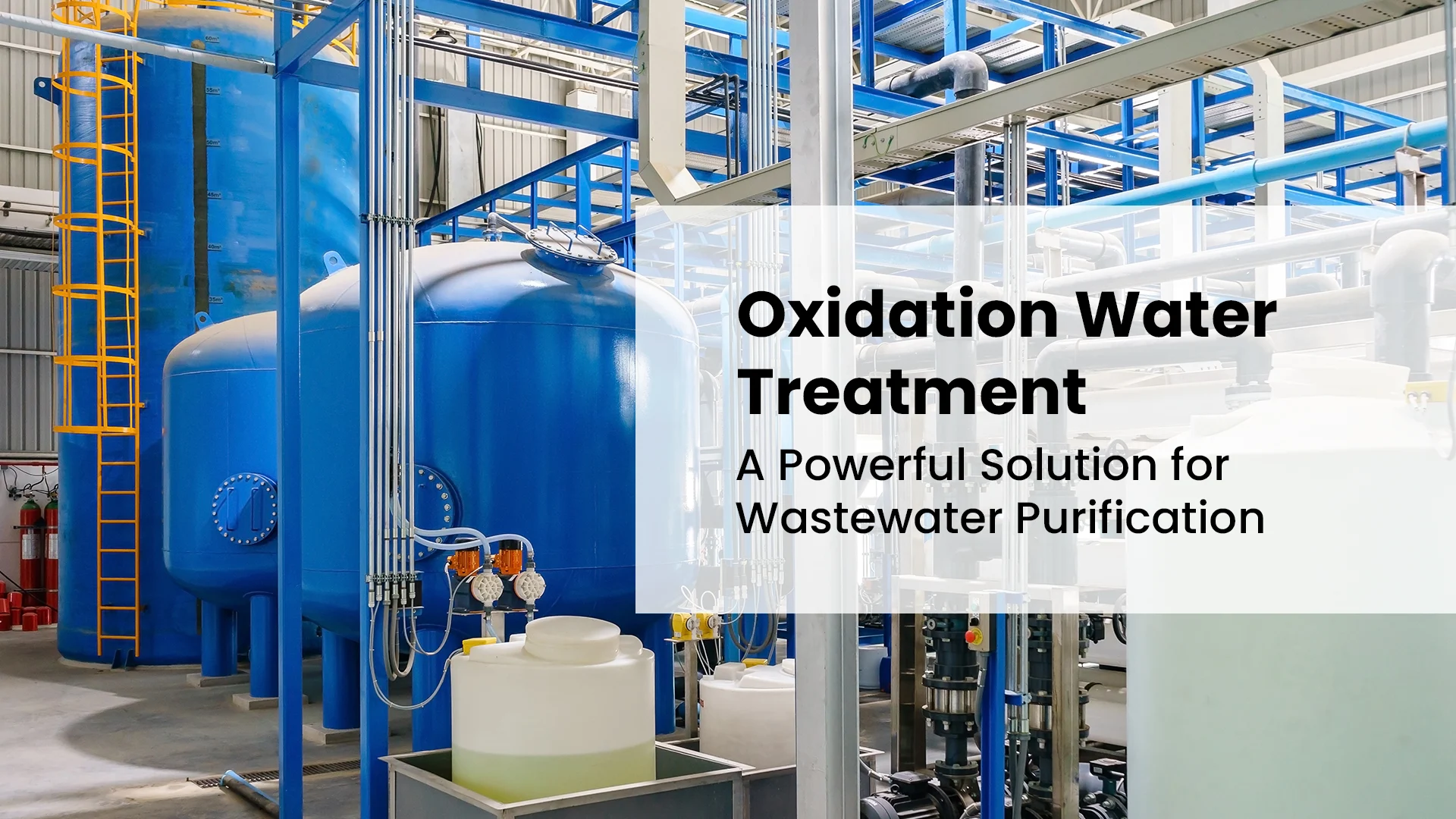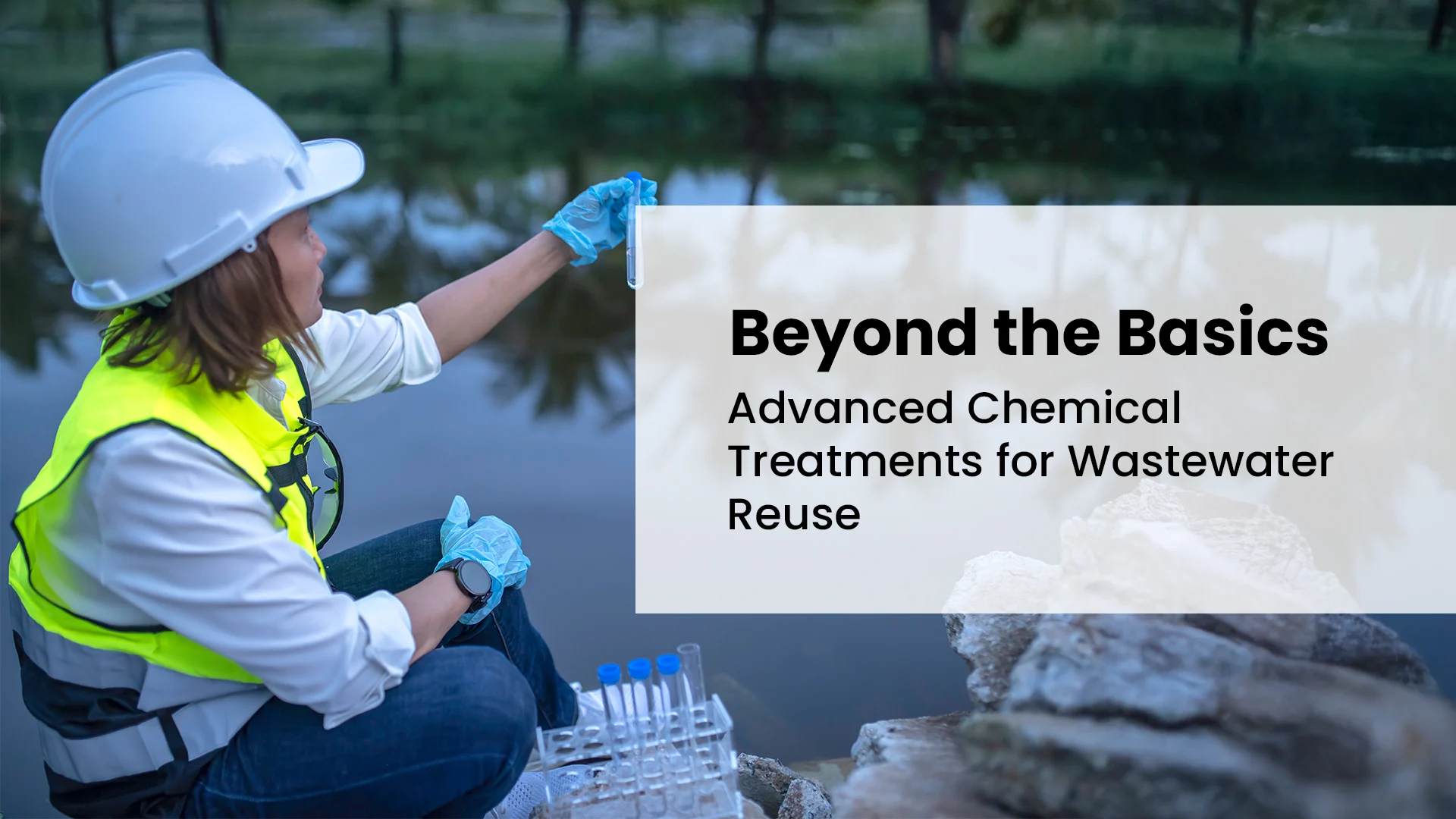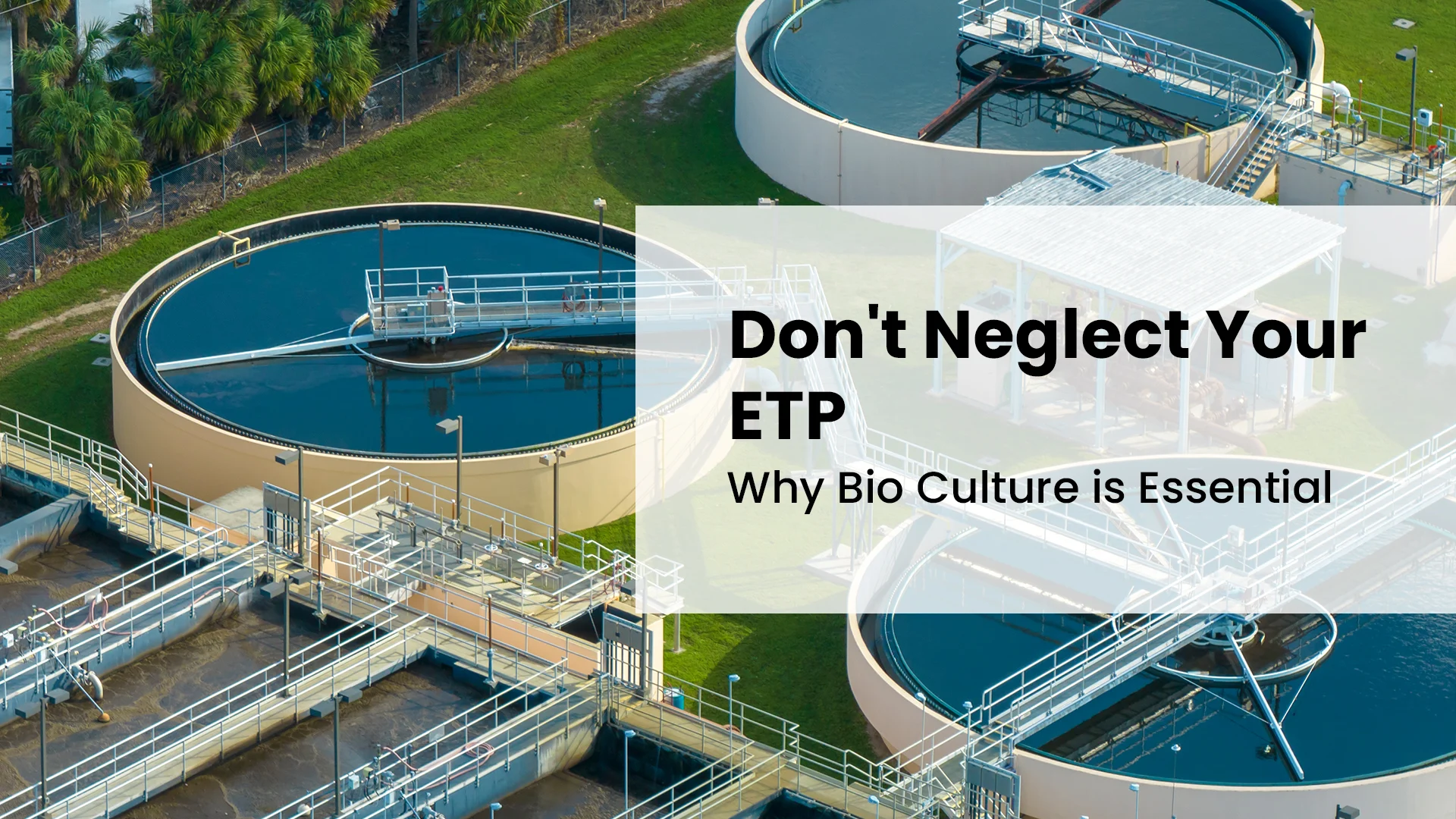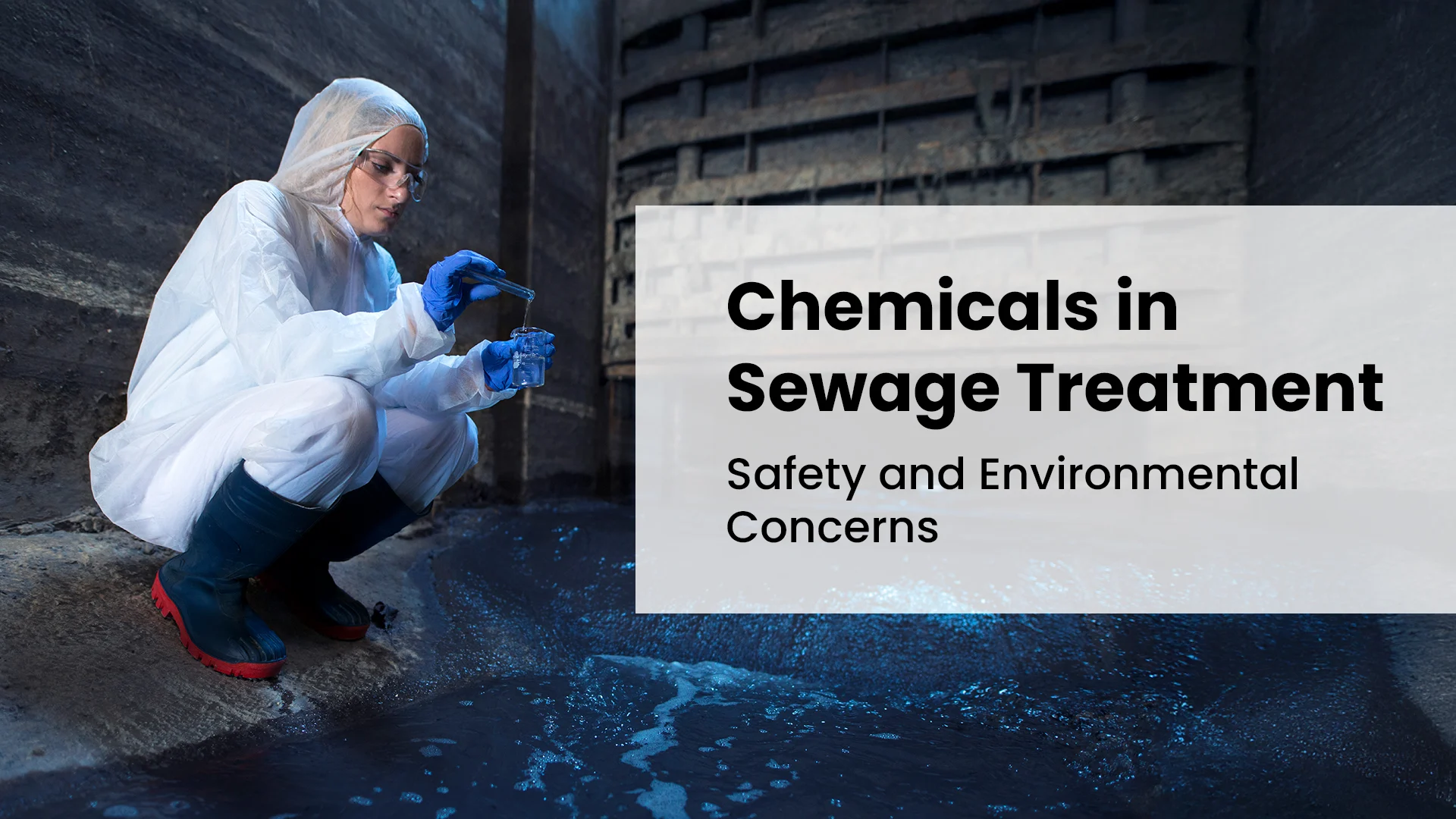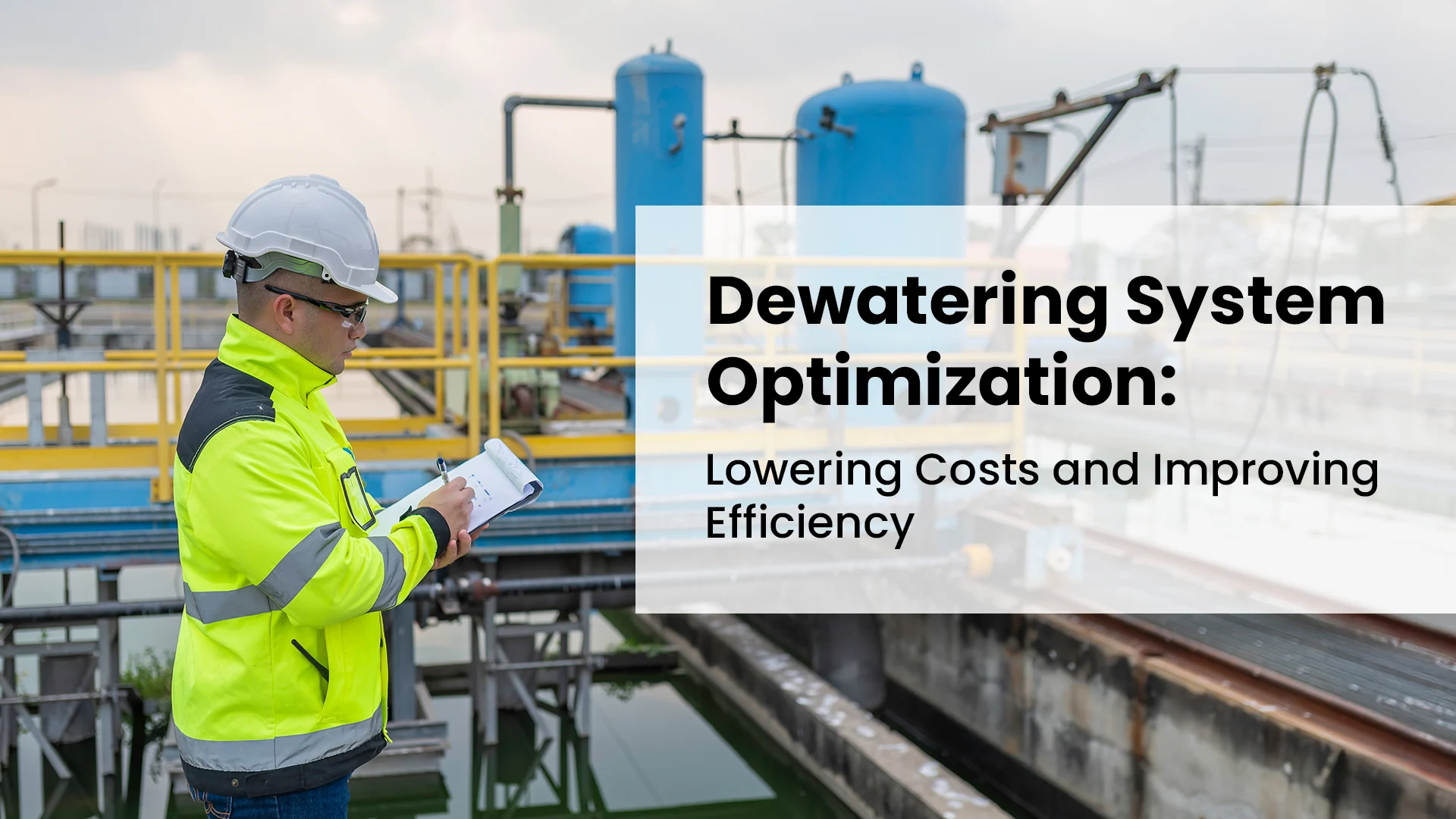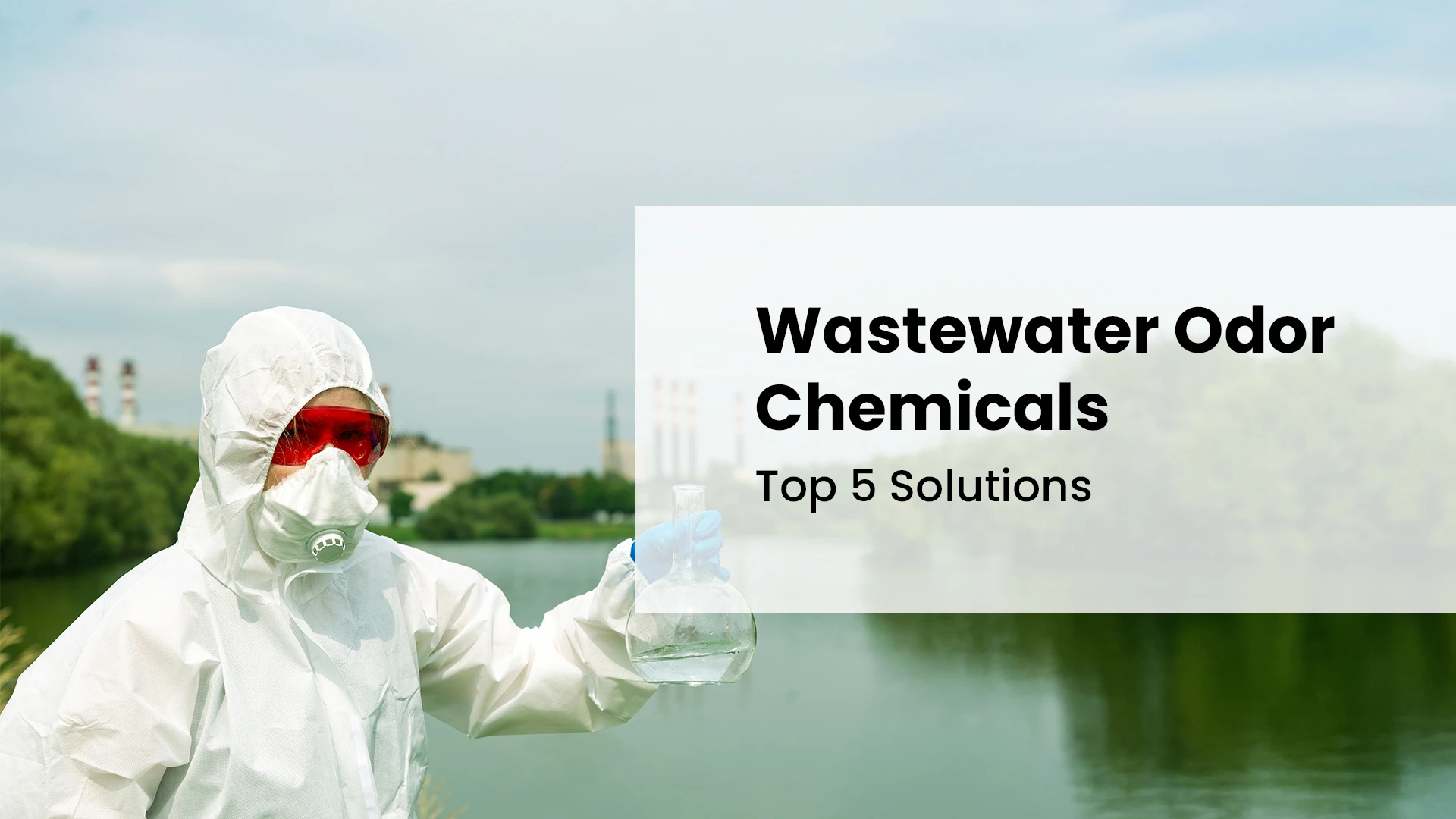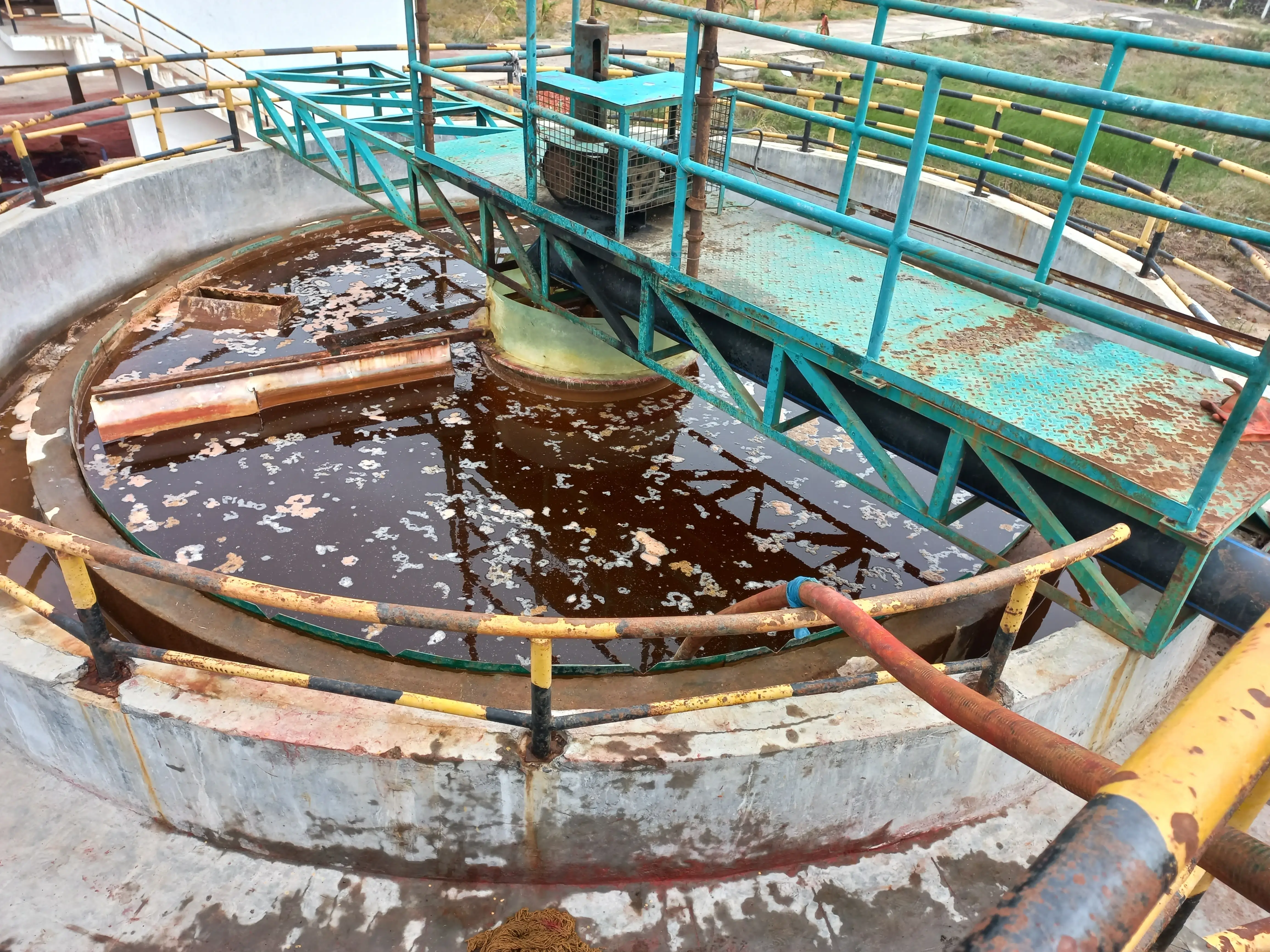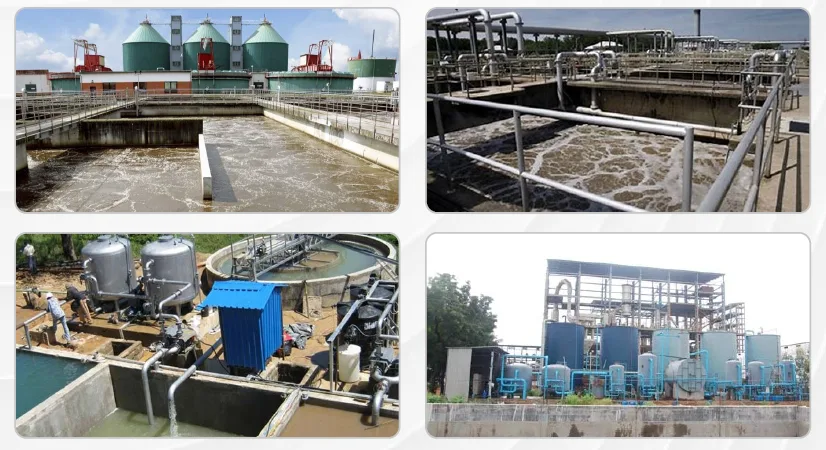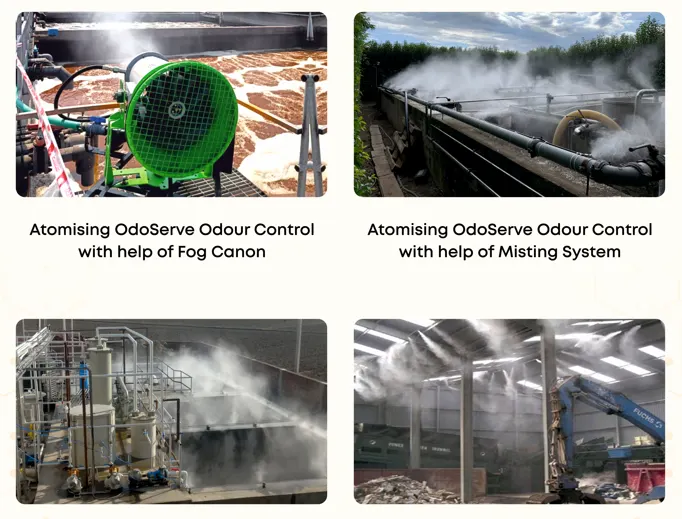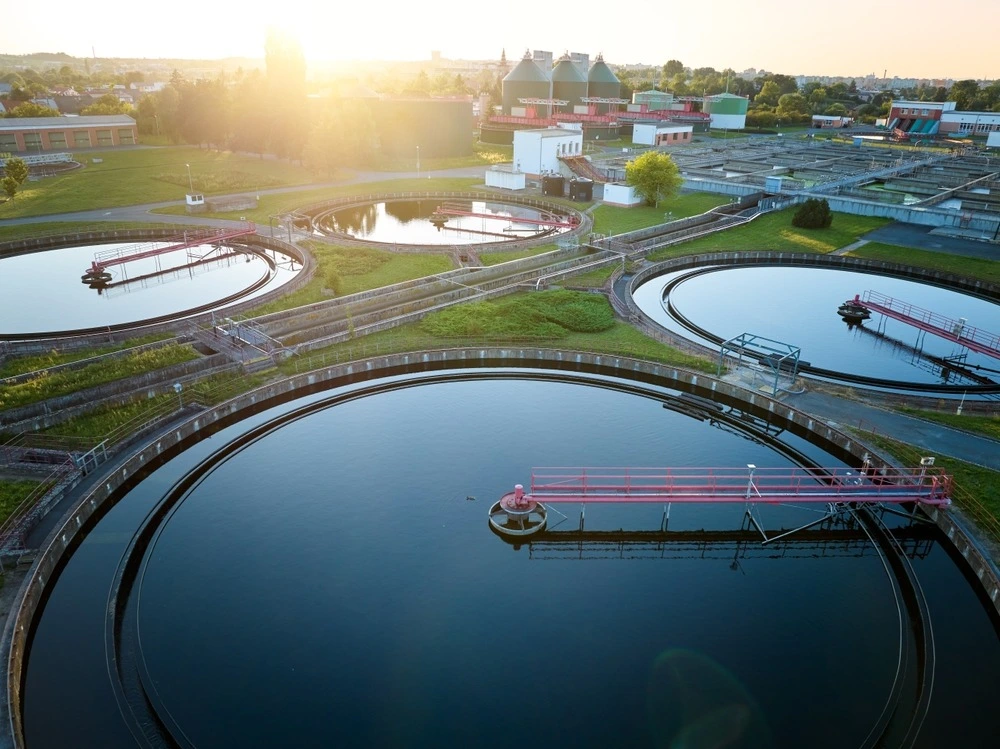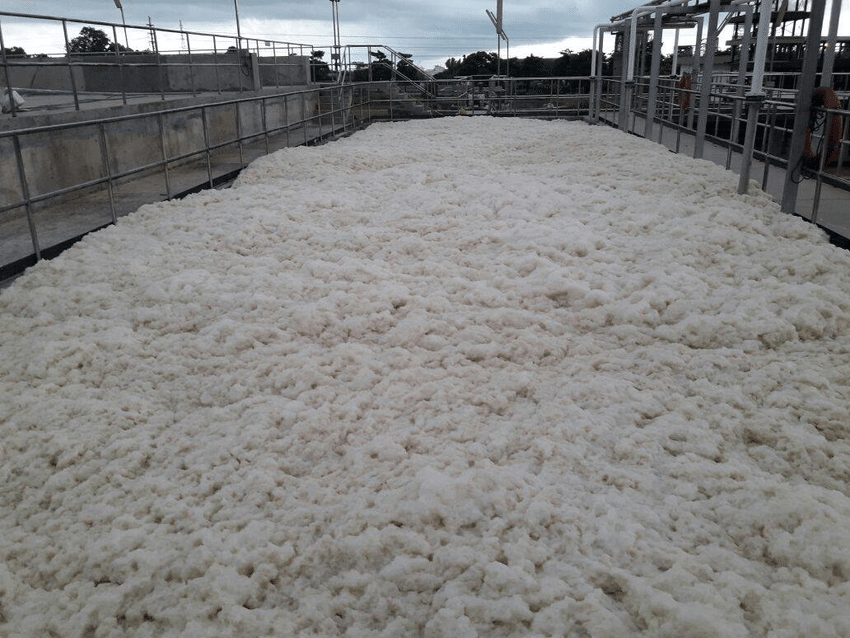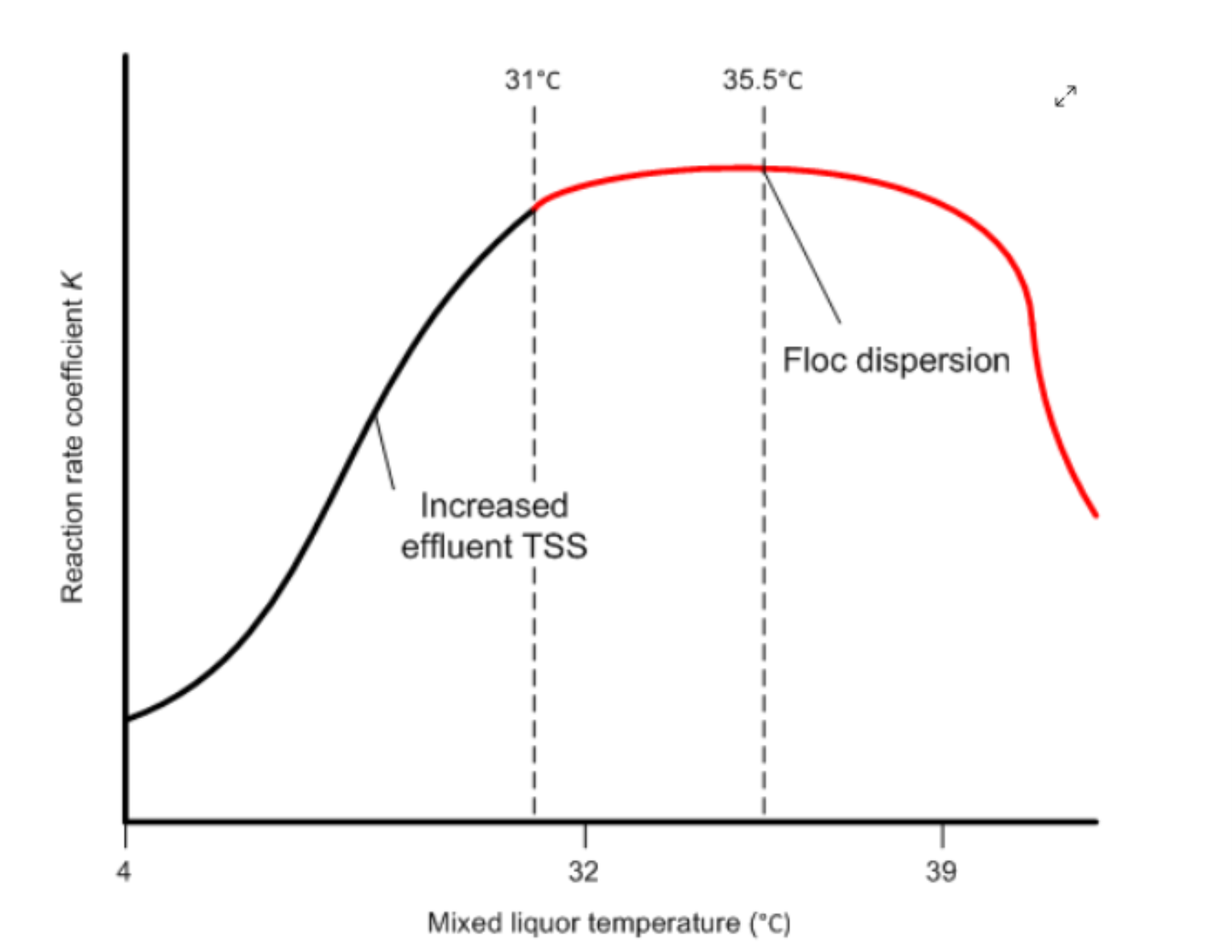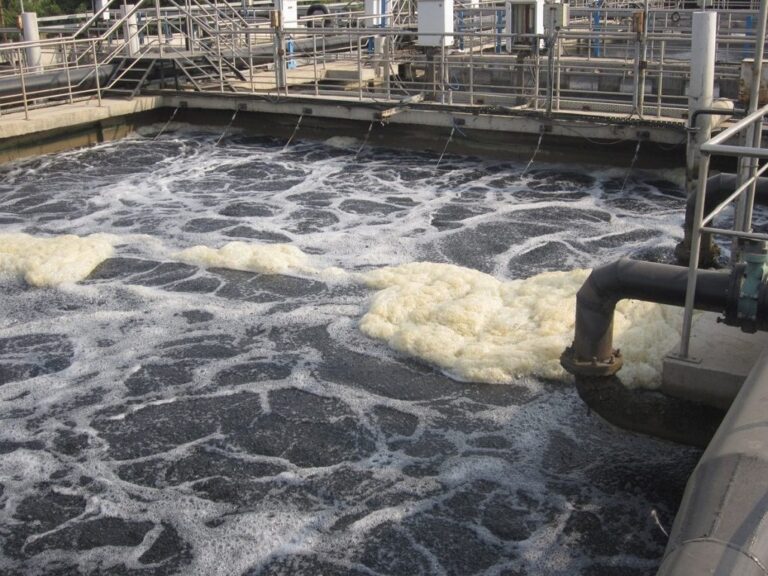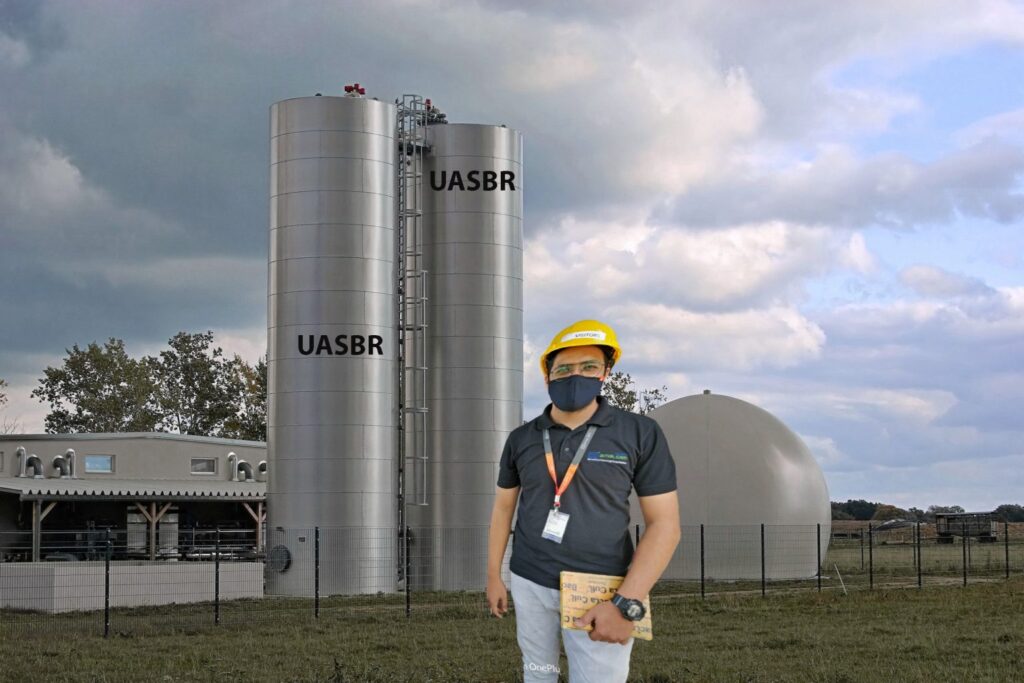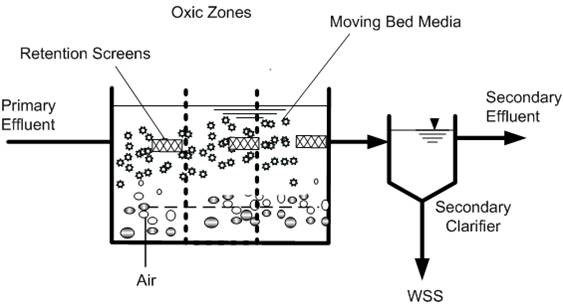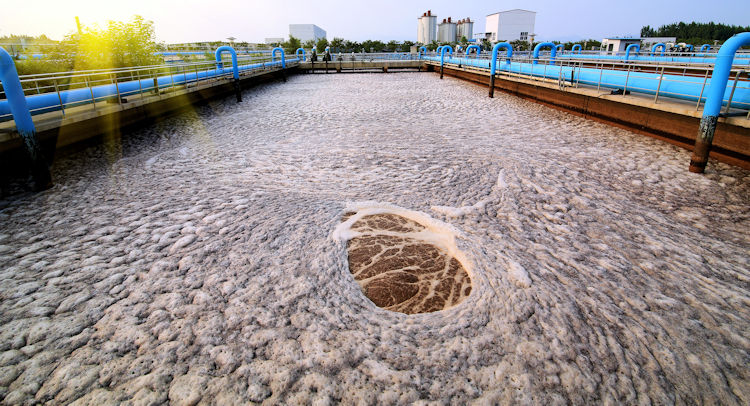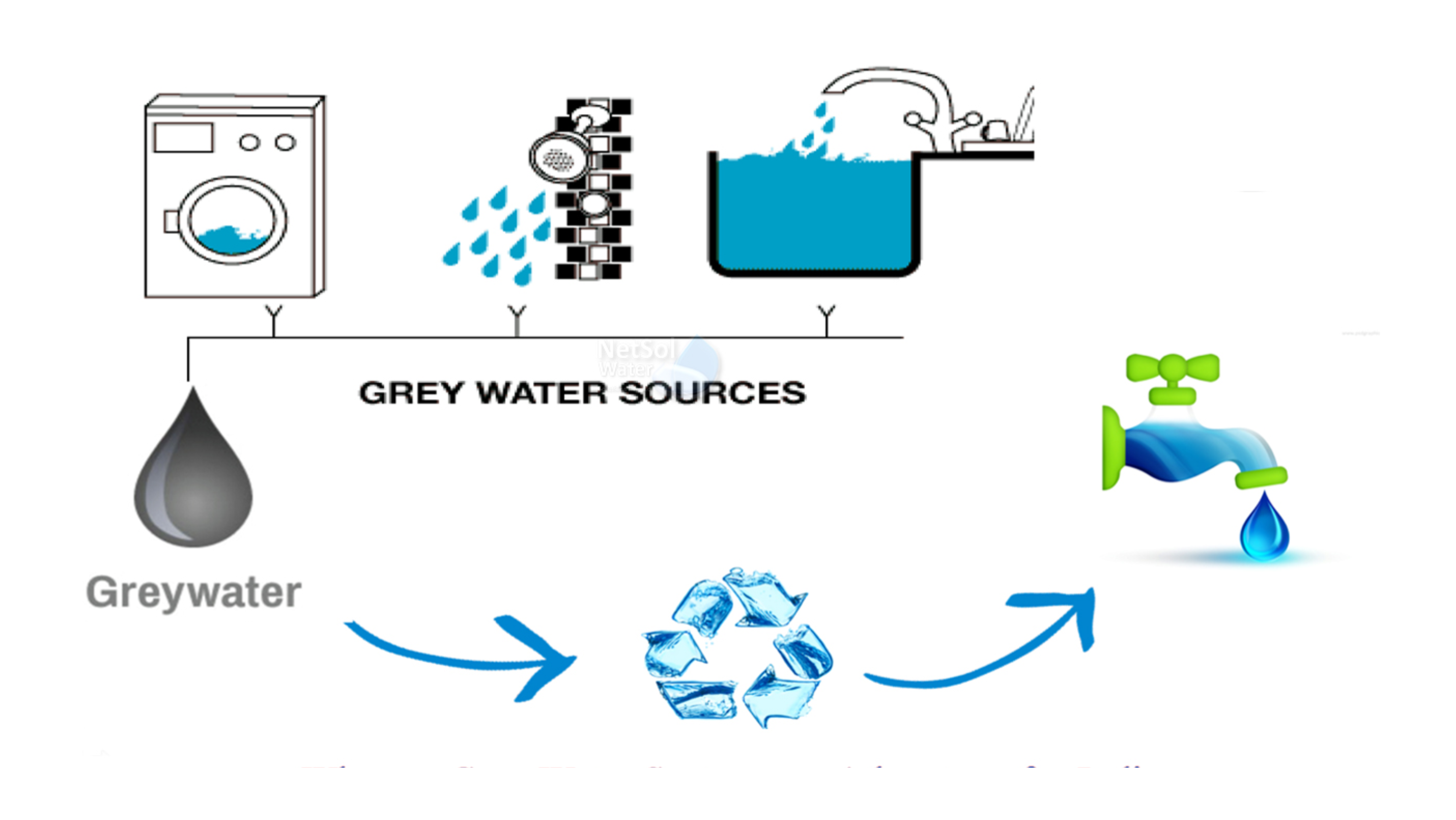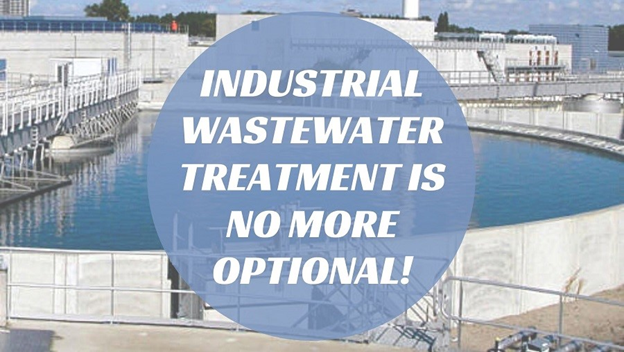Accessibility to clean water is a basic human right. Ensuring a safe and reliable water supply is crucial for public health, environmental sustainability, and economic development. Oxidation water treatment plays a vital role in achieving these goals by effectively removing a wide range of contaminants from water sources.
What is Oxidation Water Treatment?
Oxidation water treatment involves the use of strong oxidizing agents to remove or neutralize contaminants in water. These oxidizing agents, such as ozone, chlorine, and hydrogen peroxide, work by chemically altering the structure of pollutants, making them less harmful or easier to remove.
How Does Oxidation Water Treatment Work?
Oxidation water treatment leverages the power of chemical reactions to purify water. The oxidizing agents introduce oxygen atoms into the water, causing chemical changes in the contaminants. These changes can include:
Disinfection: Oxidation water treatment effectively inactivates harmful microorganisms such as bacteria, viruses, and parasites, significantly reducing the risk of waterborne diseases. This is crucial for public health, as contaminated water can transmit serious illnesses like cholera, typhoid, and hepatitis. By effectively disinfecting water, oxidation water treatment safeguards public health and prevents the spread of waterborne diseases. This not only protects individual health but also has significant societal and economic implications, reducing healthcare burdens and improving overall community well-being.
Removal of Organic Matter: Many organic pollutants, including pesticides, herbicides, and industrial chemicals, can be effectively degraded or removed through oxidation water treatment. These organic pollutants can have detrimental effects on human health and the environment. Some organic compounds can be persistent and bioaccumulate in the food chain, posing a long-term threat to human and environmental health. Oxidation water treatment helps to remove these contaminants, ensuring the safety and quality of the water supply and protecting both human and environmental health.
Removal of Inorganic Contaminants: Oxidation water treatment can also remove certain inorganic contaminants, such as iron, manganese, and hydrogen sulfide, which can cause discoloration, unpleasant tastes, and odors in water. These contaminants can make water aesthetically unappealing and even render it unsuitable for certain uses, such as irrigation or industrial processes. Oxidation water treatment helps to improve the aesthetic quality of water, making it more palatable and usable for various purposes, thereby enhancing its value and utility.
Pre-treatment for Biological Processes: Oxidation water treatment can be used as a pre-treatment step for biological treatment processes, such as activated sludge, to improve their efficiency and effectiveness. By removing or reducing the concentration of certain pollutants, oxidation water treatment prepares the water for more efficient biological treatment. This can lead to improved pollutant removal, reduced sludge production, and overall enhanced performance of the biological treatment process.
Benefits of Oxidation Water Treatment
Oxidation water treatment offers numerous advantages:
Effective Disinfection: It provides highly effective disinfection, ensuring safe drinking water and minimizing the risk of waterborne illnesses. This is crucial for public health, especially in developing countries where access to safe drinking water can be limited.
Removal of a Wide Range of Contaminants: Oxidation water treatment can effectively remove a wide range of contaminants, from microorganisms to organic and inorganic compounds. This versatility makes it a valuable tool for addressing various water quality challenges, from treating drinking water sources to managing industrial wastewater.
Improved Water Quality: By removing contaminants and improving the aesthetic quality of water, oxidation water treatment enhances the overall quality of life for communities. Access to clean water improves hygiene, sanitation, and overall health and well-being. It also supports economic development by enabling the use of water for various purposes, such as agriculture, industry, and tourism.
Environmental Protection: By minimizing the discharge of pollutants into the environment, oxidation water treatment contributes to the protection of aquatic ecosystems and the preservation of water resources. This is crucial for maintaining the long-term health of our planet and ensuring the availability of clean water for future generations.
Versatility: Oxidation water treatment can be applied to a wide range of water sources, including drinking water, wastewater, and industrial process water. This versatility makes it a valuable technology for addressing various water treatment challenges across different sectors.
Types of Oxidation Water Treatment
Several different oxidation processes are used in water treatment, including:
Chlorination: Chlorine is a widely used and cost-effective disinfectant. It is effective against a broad range of microorganisms and is relatively easy to implement. However, chlorine can react with organic matter in water to form disinfection byproducts, some of which may have potential health concerns.
Ozonation: Ozone is a powerful oxidant that is highly effective at inactivating microorganisms and removing organic matter. It is also effective at removing taste and odor compounds from water. Ozone is a strong oxidant that does not leave any harmful byproducts in the water.
Ultraviolet (UV) Disinfection: UV radiation can inactivate microorganisms by damaging their DNA. UV disinfection is effective against a wide range of microorganisms and does not produce any harmful byproducts. However, it may not be effective against all types of microorganisms, particularly those that are resistant to UV radiation.
Advanced Oxidation Processes (AOPs): AOPs, such as the combination of ozone and hydrogen peroxide, generate highly reactive hydroxyl radicals that can effectively degrade a wide range of contaminants, including those that are resistant to conventional treatment methods. AOPs are effective at removing a wide range of contaminants and can be used to treat challenging water sources, such as those contaminated with persistent organic pollutants.
Conclusion
Oxidation water treatment plays a critical role in ensuring access to safe and clean water for communities worldwide. By effectively removing contaminants and improving water quality, oxidation water treatment contributes to a healthier future for all. As the demand for clean water continues to grow and the challenges of water scarcity and pollution intensify, oxidation water treatment will remain an essential technology for addressing these critical challenges and ensuring a sustainable water future for all.

